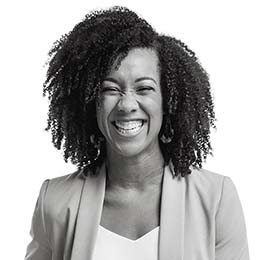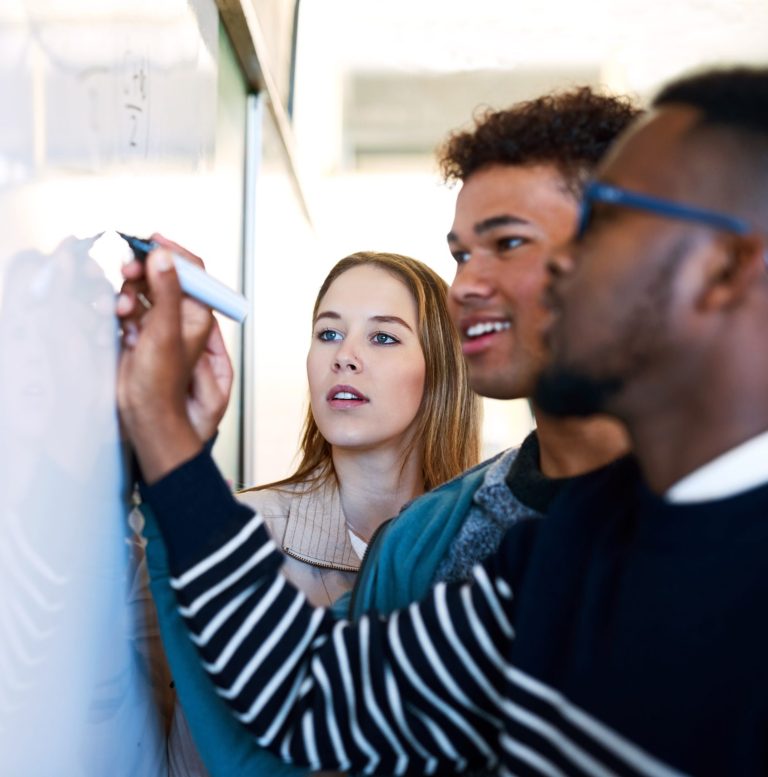Helping Students Collaborate
Habit 6: Synergize is one of the most impactful for higher education campuses. At it’s core, it is about choosing to work with those around you to find new solutions to challenging problems. Synergy is when the sum is greater than its parts: 1 + 1 = 3, 10, or 1,000. The ingredients in a recipe coming together to create a dish or each instrument in an orchestra creating a song: that’s synergy.
Now imagine an institution where the students and staff are all working together to achieve remarkable goals. Research teams make major breakthroughs. Undergraduates form study groups and join clubs. Advisors and students creatively solve problems. Ultimately, this Habit teaches students to use the ideas and perspectives of others to help get themselves outside their normal way of thinking—to see the world, and the problems we’re all trying to solve together, in a new way.
However, students need to know that synergy isn’t an accident, it’s a habit. There’s a process they can follow to achieve it. For that process to work, they have to live all the other habits. If they’re reactive, directionless, unfocused, fail to consider what others need, and don’t listen to each other, they’ll never collaborate successfully.
The Steps to Synergy
We teach students the following steps to make synergy a habit:
1. Ask for Willingness – Are we and the people around us willing to try for something new and different? Not my way or your way, but our way.
2. Define Success – Determine what the criteria for success looks like—what’s our end in mind?
3. Create – Prototype and countertype ideas to explore and see what’s possible.
4. Arrive – Discover a 3rd alternative solution.


Synergy is not the same as compromise. In a compromise, one plus one equals one and a half at best.
Free Tool
Help students find direction and purpose with this free online tool.
Free Guide
See how institutions are improving retention and student success by teaching students the 7 Habits.
Focus and act on what you can control and influence instead of what you can’t.
Define clear measures of success and a plan to achieve them.
Prioritize and achieve your most important goals instead of constantly reacting to urgencies.
Collaborate more effectively by building high-trust relationships.
Influence others by developing a deep understanding of their needs and perspectives.
Develop innovative solutions that leverage different perspectives and satisfy all key stakeholders.
Increase motivation, energy, and work/life balance by making time for renewing activities.
See how the 7 Habits can easily integrate into your programs and change the lives of your students.











